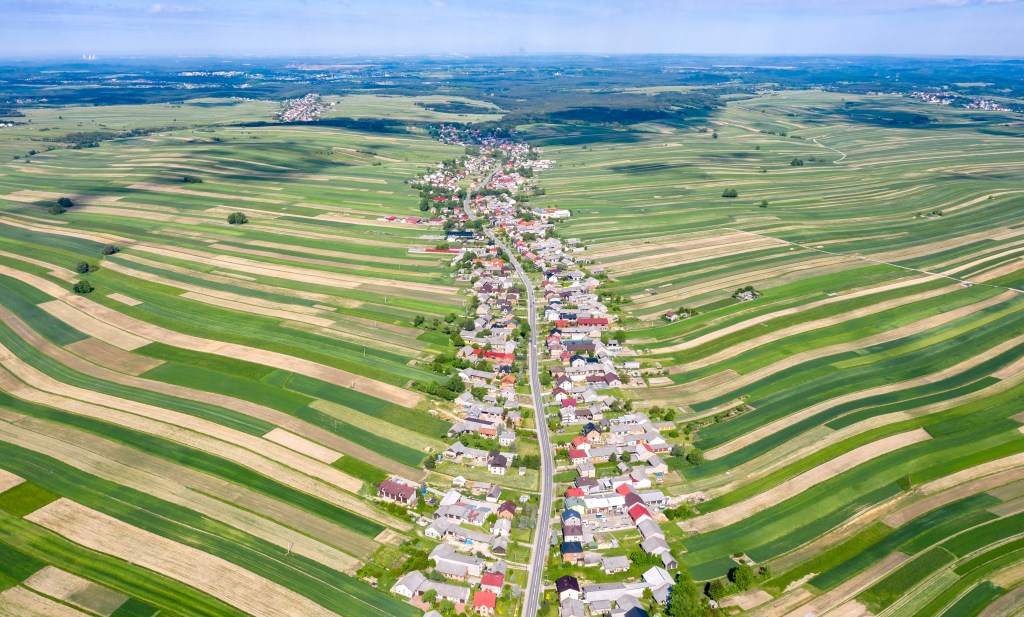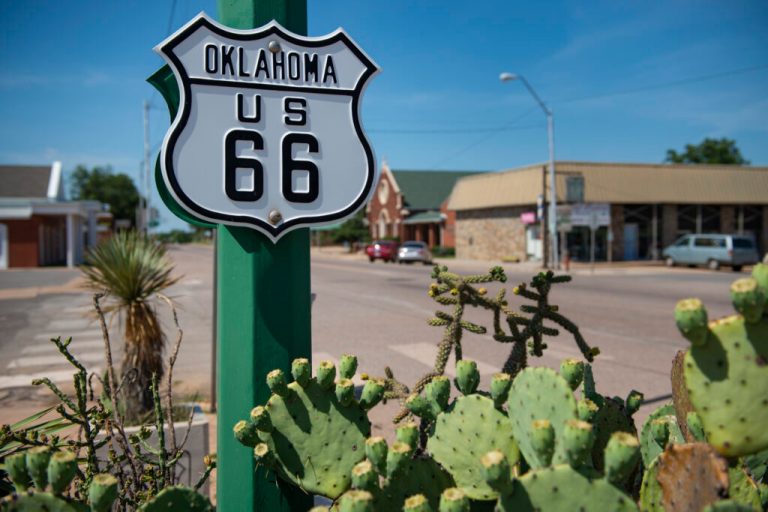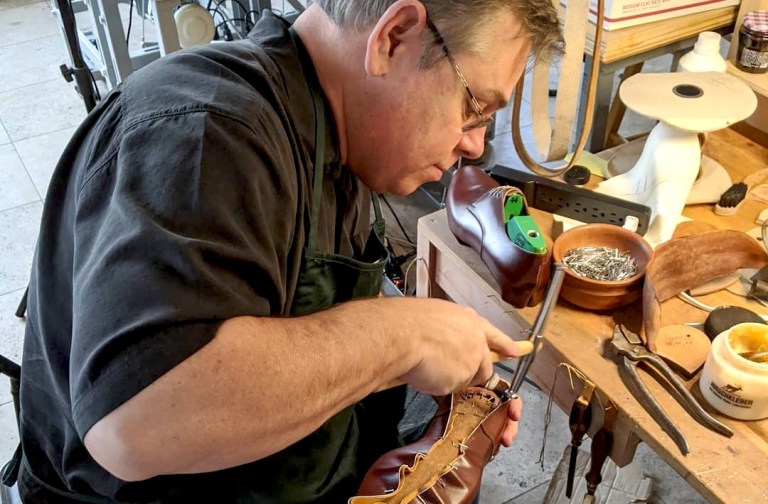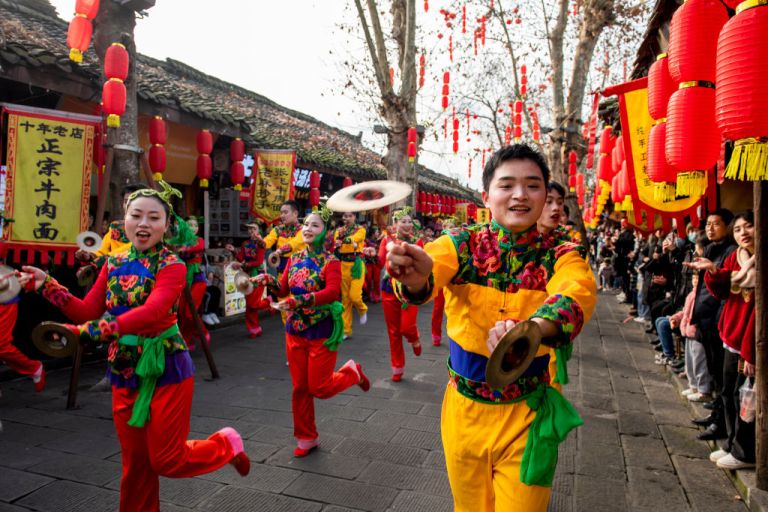When a drone captured a bird’s-eye view photo of a sleepy Polish town, one feature stood out, taking the village from a relatively unknown dot on a map to a social media phenomenon.
That wow-worthy feature? Everyone in Suloszowa — with a population of 5,672 in 2023 — lives on one single street. What impresses in the aerial picture is not only the 5.6-mile road with homes dotted on either side of it, but the billowing ribbons of yellow, green, and gold fields stretching out from behind them, forming living art in the surrounding countryside.
“Until I saw the pictures from above, I didn’t really appreciate how nice it is here,” Marian Gęgotek, a resident and tractor driver, told the Daily Mail. Local shopkeeper Edyta was similarly struck by the photo of her town making the rounds on social media, adding: “I saw the aerial picture on the internet and I know that people are talking about us, and I am not that surprised, it is a lovely view.”
Suloszowa is located about 21 miles northwest of Krakow, in a rural pocket of southern Poland. The main industry is farming, with residents raising livestock and growing crops like wheat, oats, and rapeseed. Local life tends to revolve around agriculture, and annual harvest festivals with names like Strawberry Days and Potato Days bring the villagers together to celebrate the seasons’ bounties.
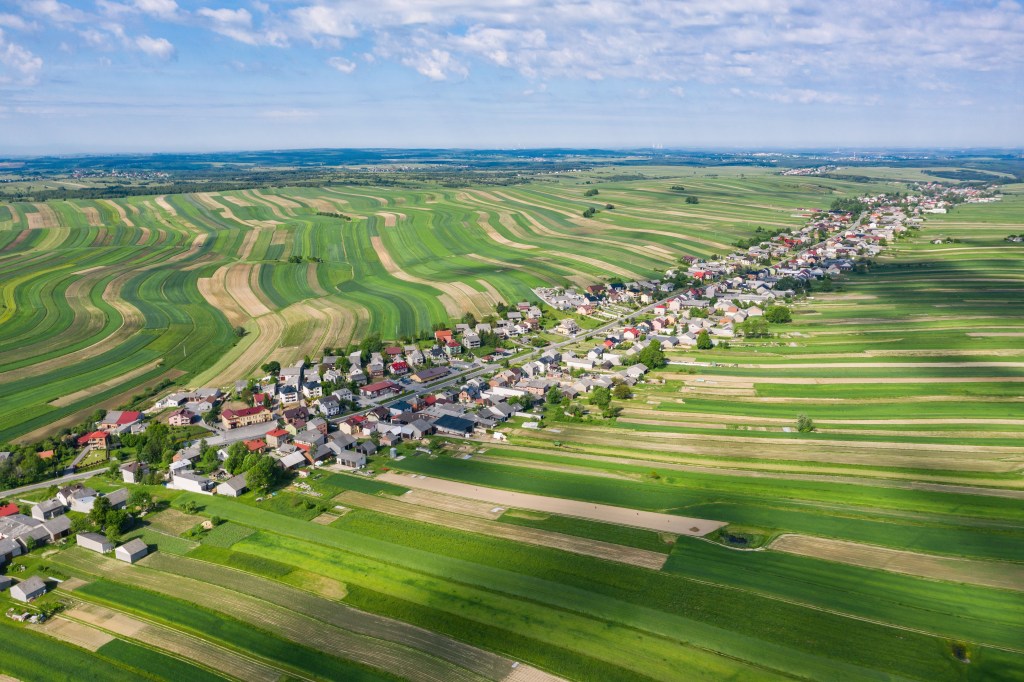
Quaint homes with multicolored rooftops line the main street, behind them barns, animal pens, and strips of land that vary in shade and texture depending on the crops each family grows. One of the longest linear villages in Poland, Suloszowa is rich in small-town vibes: Everyone knows everyone, and there are plenty of opportunities to connect, including a seniors’ club for the older adults. There’s also a market square, shops, grocery stores, a bakery, a bank, and a clinic along the main road.
The first historical mention of Suloszowa was in a document dated January 25, 1315, that named the village in a land title. In the 14th century, King Casimir III the Great built a still-existing castle called Pieskowa Skala as well as fortifications on the edges of the village to protect a trade route from Krakow to the region of Silesia.
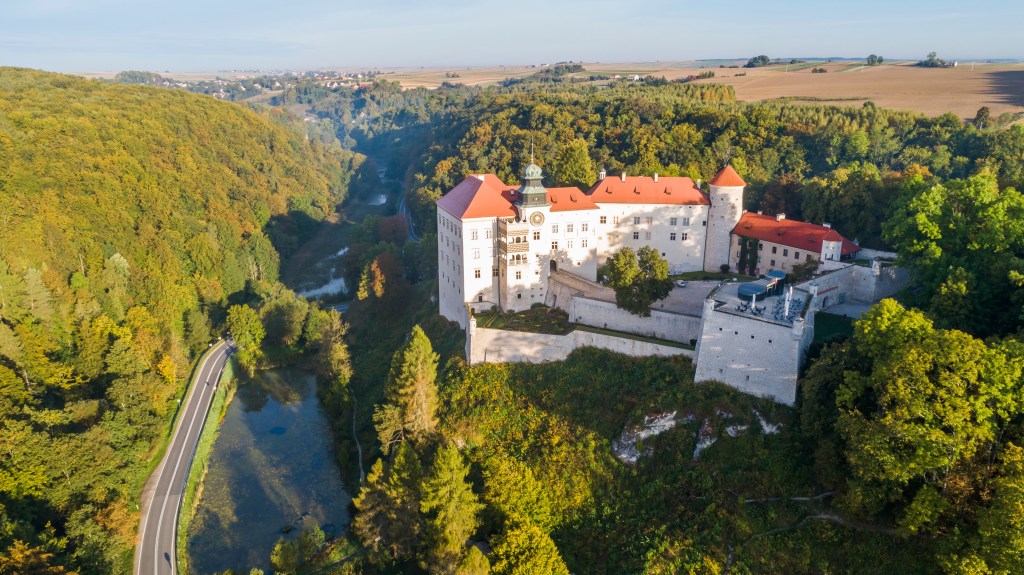
The village bounced between many hands in the following centuries, going from Polish to Austrian control in 1795 during the Third Partition of Poland, and then forming part of the Kingdom of Poland in 1815 (controlled by the Russian Empire) until the country regained its independence in 1918. In September 1939, German troops seized the village, and it remained under their occupation until January 1945.
After the war, conservation work began at the castle Pieskowa Skala, on the edge of Suloszowa, a popular tourist attraction to this day. One Tripadvisor reviewer said the castle “looks like it’s out of a fairy tale.” A restaurant at the castle offers stunning views and serves up Polish staples like pierogies as well as delicious meats, soups, and sweet treats.
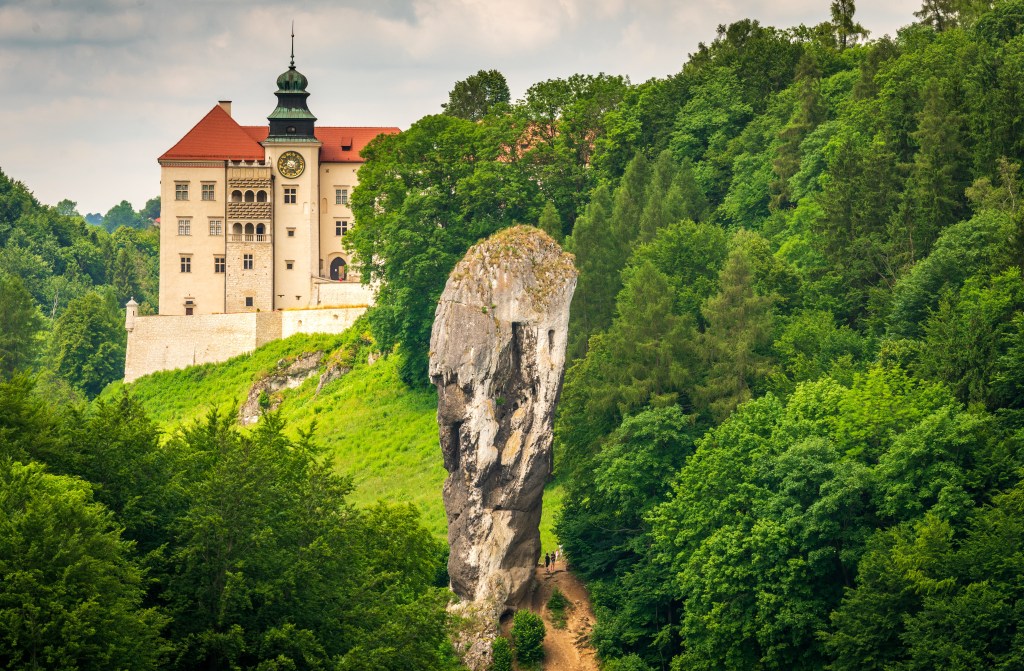
Visitors to the area enjoy exploring the sweeping fields and picturesque countryside the region is known for, but also its nearby ravines, cliffs and caves, and the famous Trail of the Eagle’s Nests, a marked trail that takes hikers past 25 medieval castles. Another popular tourist attraction is the Maczuga Herkulesa, which translates to Hercules’ Bludgeon, a 98-foot limestone stack in a national park near Pieskowa Skala.
Villages formed along a singular street, called linear settlements, are not too uncommon in Europe; in the Netherlands, a linear village is called a “lintdorp” or “ribbon village,” and in Germany and France, they’re called “Strassendorf” and “village-rue,” respectively, with both meaning “street village.”
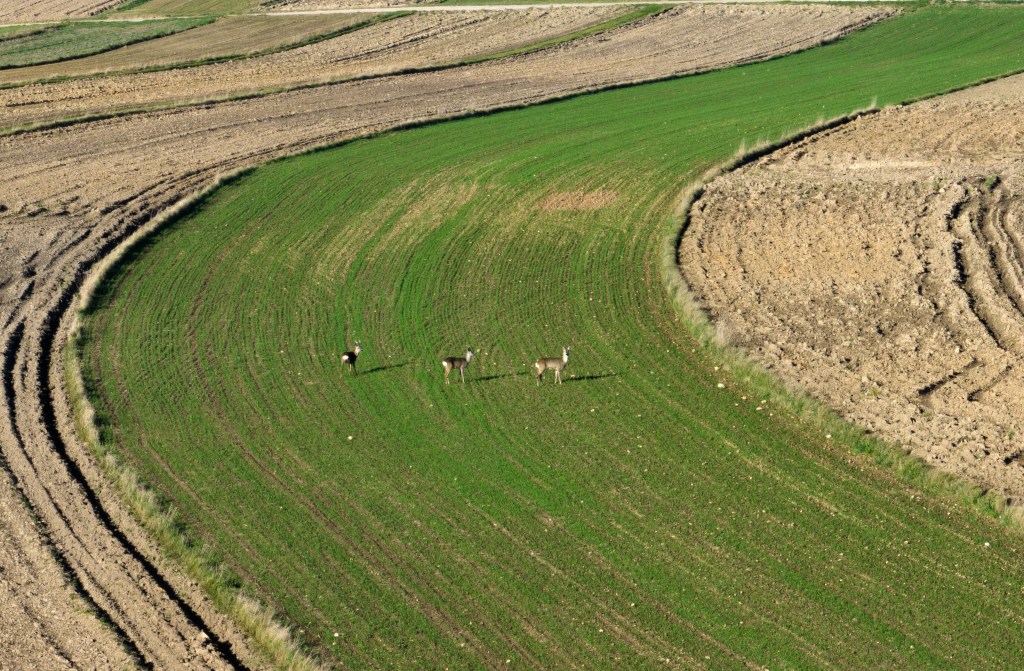
It’s clear that Suloszowa’s residents take great pride in their now-famous village. Local nun Jolanta explained to the Daily Mail why she believes the town stands out. “I think the reason our village is such a hit is because people here take good care of their fields, this is why it looks so nice, the fields are cultivated,” she said, adding, “and it is wonderful to walk among them and enjoy the countryside and silence. You are almost guaranteed to see some deer and other wild animals.”
RELATED: Nearly 90 Years After Amelia Earhart’s Disappearance, Her Legacy Soars in a Tiny Kansas Town
